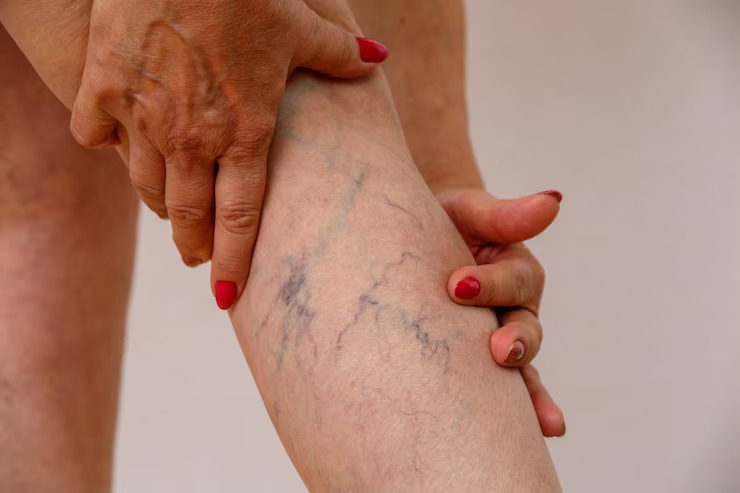Emerging Technologies In The Treatment Of BreastFibroadenoma
Breast fibroadenomas are benign tumors commonly found in young women, characterized by firm, rubbery masses in the breast tissue. While they are non-cancerous, fibroadenomas can cause discomfort and anxiety for those affected. Traditionally, treatment options have included surgical removal or close monitoring. However, emerging technologies are offering new and minimally invasive approaches to managing fibroadenomas, providing patients with more options and potentially reducing the need for surgery.
Cryoablation: Freezing Away Fibroadenomas
Cryoablation is an innovative technique that uses extreme cold to destroy fibroadenomas while preserving surrounding healthy tissue. During the procedure, a thin probe is inserted into the fibroadenoma, and liquid nitrogen or argon gas is used to freeze the tissue. This causes the cells within the fibroadenoma to crystalize and die, ultimately shrinking the mass.
Radiofrequency Ablation (RFA): Heating Things Up
Radiofrequency ablation utilizes high-frequency electrical currents to heat and destroy fibroadenomas. Similar to cryoablation, a probe is inserted into the fibroadenoma, but instead of cold, radiofrequency energy is applied to generate heat. This heat disrupts the cellular structure of the fibroadenoma, leading to its eventual absorption by the body.
High-Intensity Focused Ultrasound (HIFU): Precision Treatment
HIFU is a non-invasive technique that harnesses the power of focused ultrasound waves to heat and destroy fibroadenomas. With the guidance of ultrasound imaging, high-intensity ultrasound beams are directed precisely at the fibroadenoma, causing thermal ablation of the tissue. HIFU offers the advantage of targeting specific areas without affecting surrounding healthy tissue.
Laser Ablation: Targeted Energy
Laser ablation involves the use of laser energy to destroy fibroadenomas. A laser fiber is inserted into the fibroadenoma, and laser energy is emitted, heating the tissue and causing coagulation and shrinkage of the mass. This technique offers precise targeting and minimal scarring compared to traditional surgical methods.
MRI-Guided Focused Ultrasound Surgery (MRgFUS): Real-Time Imaging
MRgFUS combines the benefits of MRI imaging with focused ultrasound technology to treat fibroadenomas. During the procedure, the patient lies inside an MRI scanner, allowing real-time visualization of the fibroadenoma and surrounding tissue. High-intensity ultrasound waves are then directed at the fibroadenoma, providing precise and controlled treatment without the need for incisions.
Interventional Radiologist in Sector 79: Pioneering Minimally Invasive Treatments
Interventional radiologists play a crucial role in the development and implementation of emerging technologies for the treatment of breast fibroadenomas. These highly trained specialists are skilled in using image-guided techniques to perform minimally invasive procedures, offering patients effective alternatives to traditional surgery.
Best Interventional Radiologist in Noida: Expert Care Close to Home
Patients in Noida seeking advanced treatment for breast fibroadenomas can find expert care from the best interventional radiologists in the area. These specialists are dedicated to providing personalized and comprehensive care, utilizing the latest technologies to achieve optimal outcomes for their patients.
Conclusion
As technology continues to advance, the landscape of breast fibroadenoma treatment is evolving, offering patients a wider range of options beyond surgery. Emerging techniques such as cryoablation, radiofrequency ablation, HIFU, laser ablation, and MRgFUS are providing less invasive and more precise alternatives for managing fibroadenomas. With the expertise of interventional radiologists in Sector 79 and Noida, patients can access state-of-the-art care close to home, ensuring optimal outcomes and improved quality of life.
For any further queries, Plz visit drankitinterventionalradiologist.com







